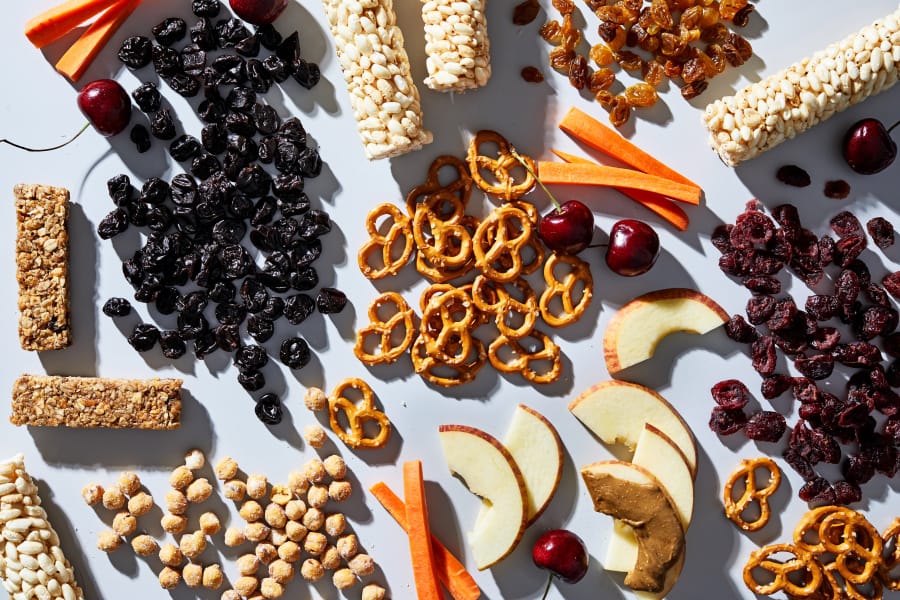Back-to-school time is stressful on its own. Add in the specter of food allergies — of your own kids or their friends — and the stakes can feel even higher. What to toss in the lunch bag? What’s safe to share with the class? What can the kids grab between practices? What can you offer that’s not a packaged food? And so on.
According to Kids With Food Allergies, part of the Asthma and Allergy Foundation of America, 1 in 13 kids has a food allergy. According to the Food and Drug Administration, 90 percent of food-related allergic reactions come from eight foods: milk, eggs, fish, crustacean shellfish, tree nuts, peanuts, wheat and soybeans.
With the exception of seafood, those allergens are pretty typical ingredients when it comes to snacks aimed at children. Snacks at school can be particularly problematic, as “most allergic reactions on school campus happen in the classroom, not the cafeteria,” says Melanie Carver, vice president of community health for the Asthma and Allergy Foundation of America. The reasons are unclear, but possibilities include kids being more likely to eat food not prepared by their own parents, substitute teachers not being aware of student needs and cross-contamination occurring with less rigorous hand-washing.
Here are a few tips for smart, safe eating at school and at home:
• Help your kid understand their allergies. They need to be able to communicate what they’re allergic to, and Carver says they should be comfortable asking questions of other adults. She suggests parents role-play with their kids to practice. And even if the kids don’t have any food allergies, they should be aware that some of their friends might and they should avoid sharing food with others.



